As parents, it's essential to encourage active play in our toddlers to help them develop physically, cognitively, and emotionally. Finding the right toddler workout activities that are both fun and engaging can sometimes be challenging. This article will provide a comprehensive list of top toddler workout activities to keep your little one active, entertained, and learning.
Benefits of Active Play for Toddlers
Physical Development
Active play helps toddlers develop their motor skills, muscle strength, and coordination. Regular physical activity also contributes to a healthy weight and helps prevent childhood obesity.
Cognitive Development
Active play encourages toddlers to explore and learn about their environment. It promotes problem-solving skills, creativity, and critical thinking.
Emotional and Social Development
When engaging in active play with peers, toddlers learn essential social skills such as taking turns, sharing, and cooperation. Active play also helps boost their self-esteem and emotional well-being.
Top Toddler Workout Activities for Active Play
Dancing and Movement Games
Freeze Dance
Put on some music and encourage your toddler to dance around. Periodically pause the music and ask them to "freeze" in place until the music resumes. This activity promotes motor skills, coordination, and listening skills.
Musical Chairs
Set up a circle of chairs, with one fewer chair than the number of participants. Play music while the children walk around the chairs, and when the music stops, they must find a seat. Remove a chair after each round until only one child remains seated. This game encourages motor skills and social interaction.
Ball Games
Roll the Ball
Sit on the floor with your toddler and roll a soft ball back and forth between you. This simple activity helps develop hand-eye coordination and fine motor skills.
Catch and Toss
As your toddler gets older and more coordinated, play catch and toss with a soft ball. This activity helps improve hand-eye coordination, motor skills, and reaction time.
Animal Walks
Encourage your toddler to mimic the movements of various animals, such as hopping like a bunny, waddling like a duck, or crawling like a bear. This activity promotes imaginative play and helps develop motor skills and coordination.
Hide and Seek
Play a simple game of hide and seek with your toddler, either by hiding objects for them to find or by taking turns hiding and seeking each other. This activity promotes cognitive development, problem-solving skills, and social interaction.
Simon Says
Play a game of Simon Says with your toddler, giving them simple instructions to follow, such as "Simon says touch your toes" or "Simon says clap your hands." This activity helps develop listening skills, following directions, and motor skills.
Parachute Play
Using a small parachute or a large sheet, engage your toddler in various parachute play activities. For example, have them help shake the parachute to create waves or place a lightweight ball on top and try to keep it from falling off. Parachute play promotes teamwork, coordination, and motor skills.
Bubble Chase
Blow bubbles for your toddler to chase and pop. This activity encourages gross motor skills, hand-eye coordination, and spatial awareness.
Balancing Activities
Tightrope Walk
Create a "tightrope" on the floor using a piece of masking tape or a long piece of ribbon. Encourage your toddler to walk along the line, trying to keep their balance. This activity helps develop balance and coordination.
Balancing on One Foot
Have your toddler practice balancing on one foot for a few seconds before switching to the other foot. This activity promotes balance, coordination, and core strength.
Obstacle Courses
Set up a simple obstacle course in your backyard or living room using items like pillows, boxes, and hula hoops. Encourage your toddler to crawl under, climb over, and jump through the obstacles. Obstacle courses help develop motor skills, problem-solving, and spatial awareness.
Tips for Encouraging Active Play in Toddlers
- Be a positive role model by participating in active play with your toddler.
- Offer a variety of activities to keep your toddler engaged and challenged.
- Encourage social interaction by organizing playdates or attending parent-toddler groups.
- Use praise and encouragement to motivate your toddler during active play.
- Set aside regular time each day for active play, both indoors and outdoors.
Conclusion
Active play is essential for your toddler's overall development, and incorporating a variety of workout activities into their daily routine will help them grow physically, cognitively, and emotionally. Use the activities and tips mentioned in this article to create a fun and engaging active play routine for your toddler.
Frequently Asked Questions (FAQs)
1. How much active play should my toddler engage in each day?
It's recommended that toddlers engage in at least 60 minutes of active play every day, which can be broken up into smaller periods throughout the day.
2. Is it safe for toddlers to participate in organized sports?
While organized sports can be a fun way for older children to stay active, they may not be suitable for toddlers. Focus on unstructured play and simple workout activities tailored to your toddler's developmental level.
3. How can I encourage my toddler to play independently?
Provide your toddler with age-appropriate toys and a safe environment to explore. Encourage independent play by giving them the opportunity to choose their activities and praise their efforts.
4. What should I do if my toddler seems uninterested in active play?
Try offering a variety of activities to see what appeals to your toddler. Be patient, and remember that their interests may change over time. Encourage active play by participating with them and making it a fun, shared experience.
5. How can I ensure my toddler's safety during active play?
Always supervise your toddler during active play and ensure that the environment is safe and age-appropriate. Remove any potential hazards, and choose activities that
match your toddler's developmental level and abilities. Teach them basic safety rules, such as not running with sharp objects and being aware of their surroundings.
6. Can I use screen time as a way to encourage active play for my toddler?
While limited use of educational and age-appropriate screen time can offer some benefits, it's crucial to prioritize real-life active play for your toddler's overall development. However, you can use screen time to introduce new physical activities or dance along with music videos as long as it's done in moderation.
7. How can I help my toddler develop better coordination and motor skills during active play?
Introduce activities that challenge your toddler's motor skills, such as ball games, obstacle courses, and balancing exercises. Encourage them to practice regularly, and provide positive reinforcement to boost their confidence and motivation.




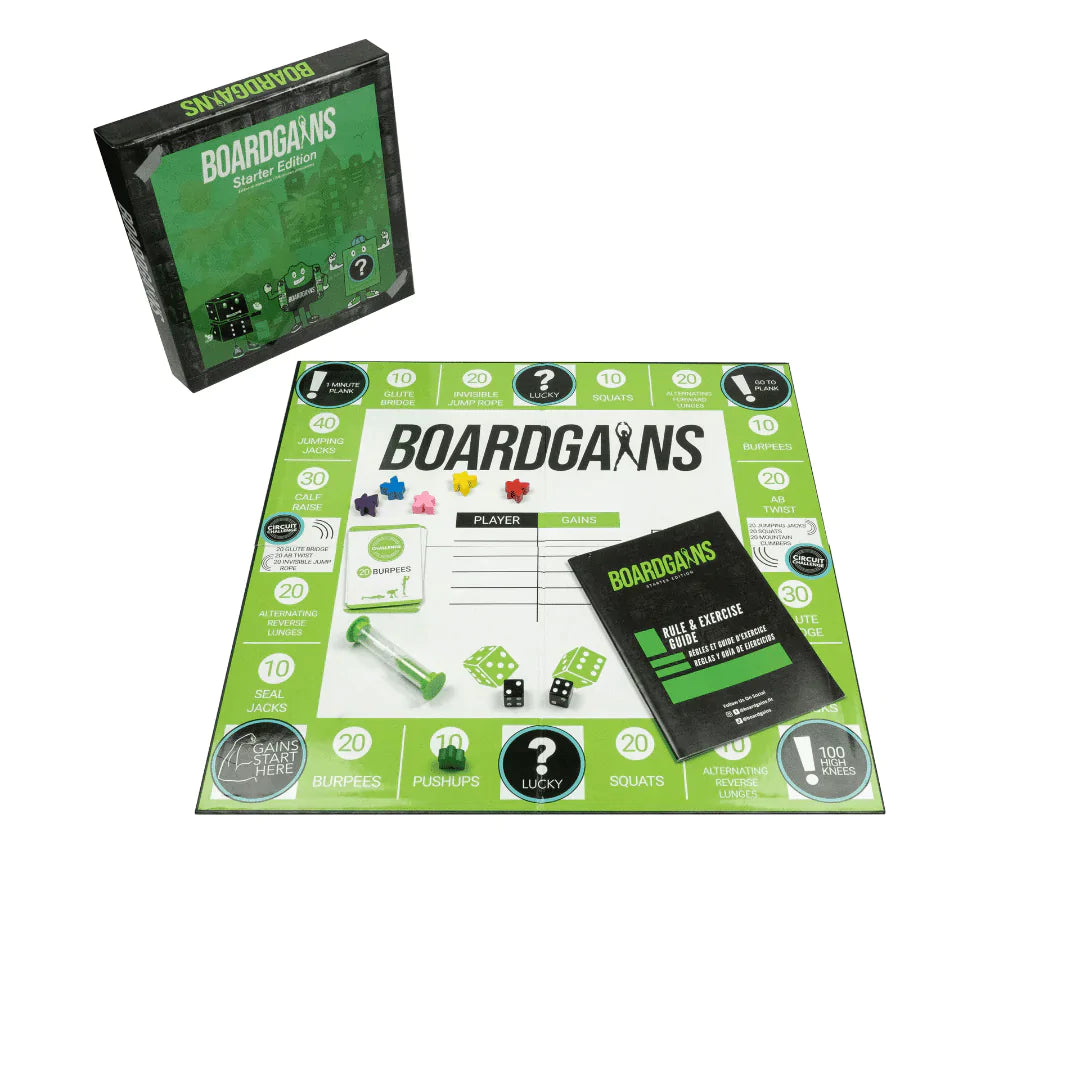
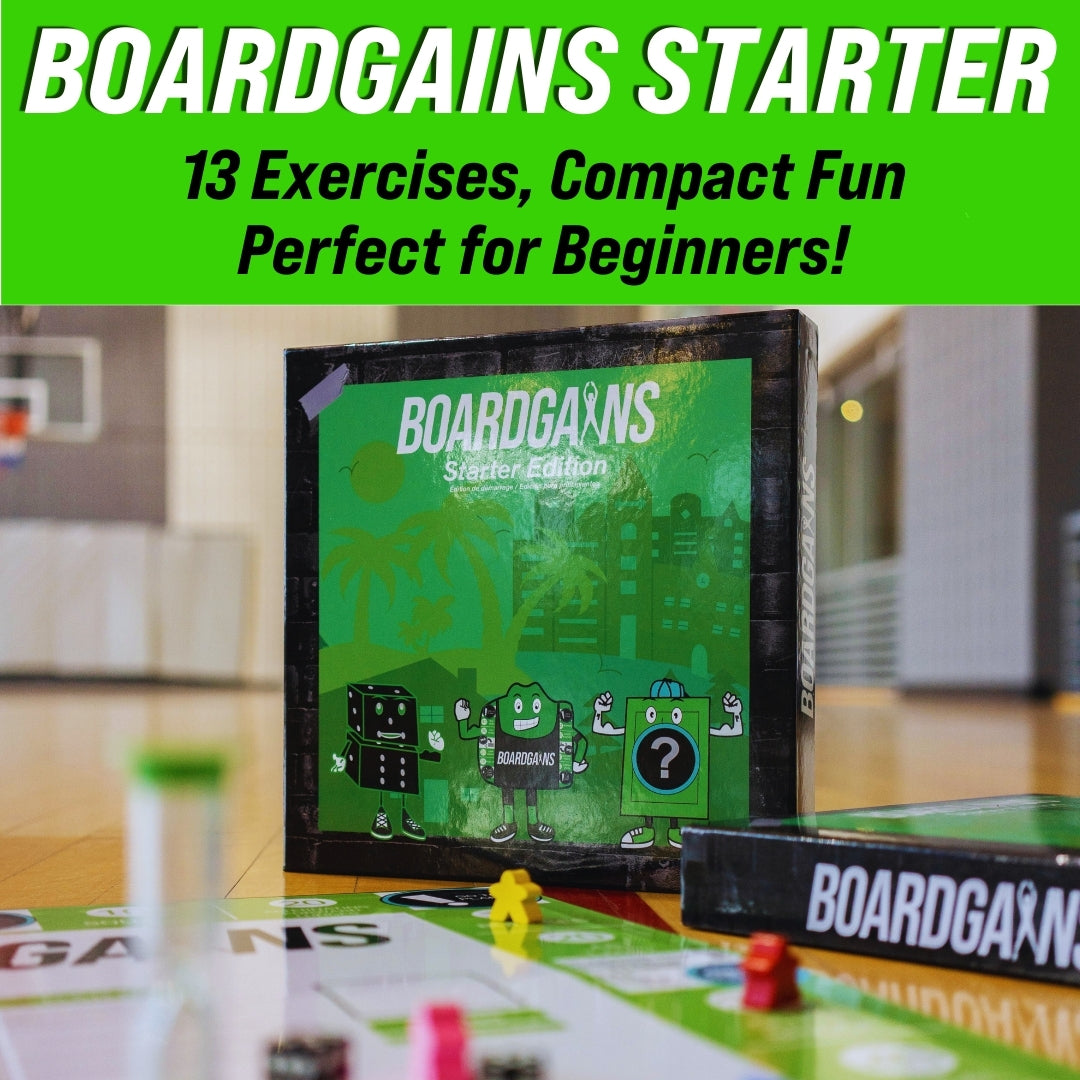
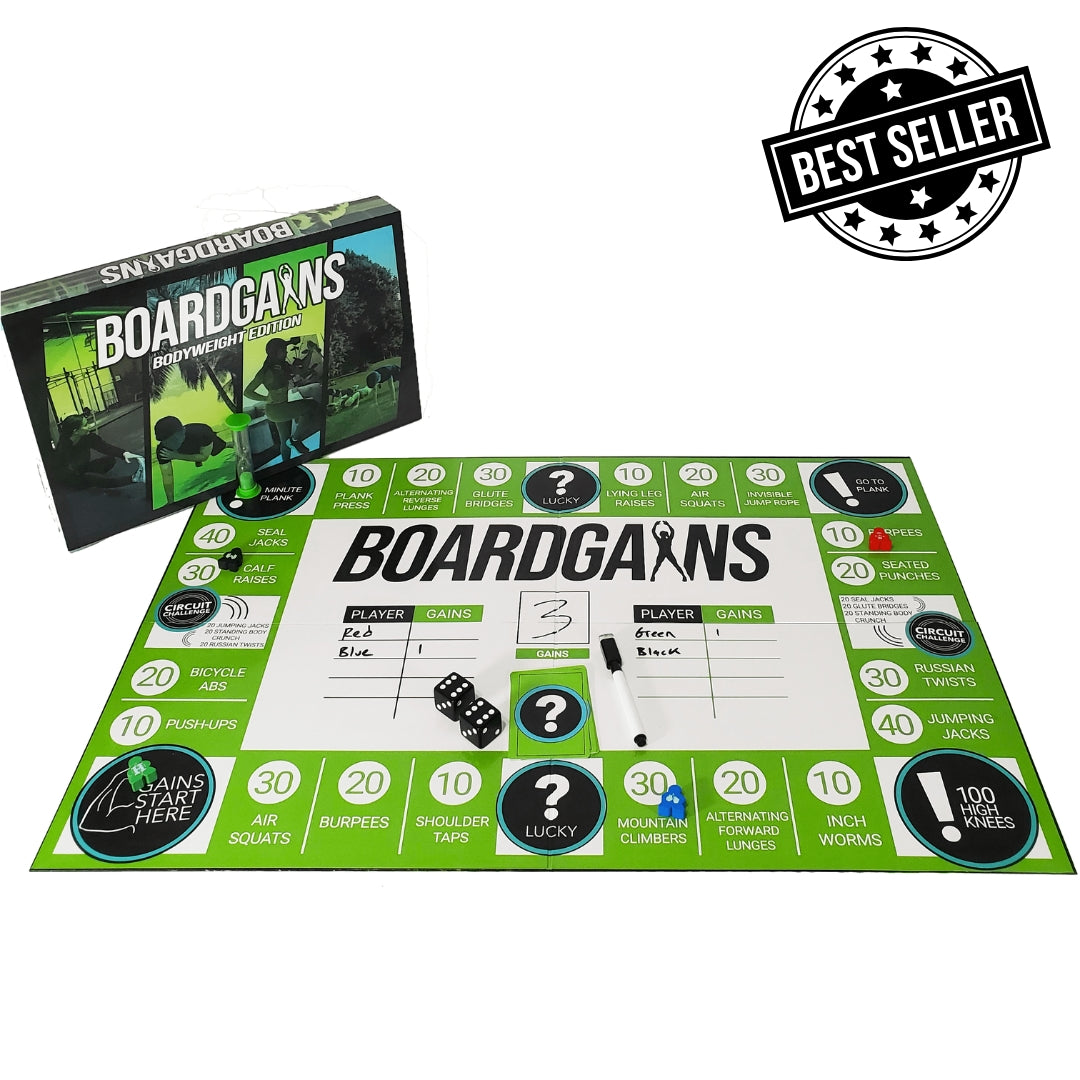

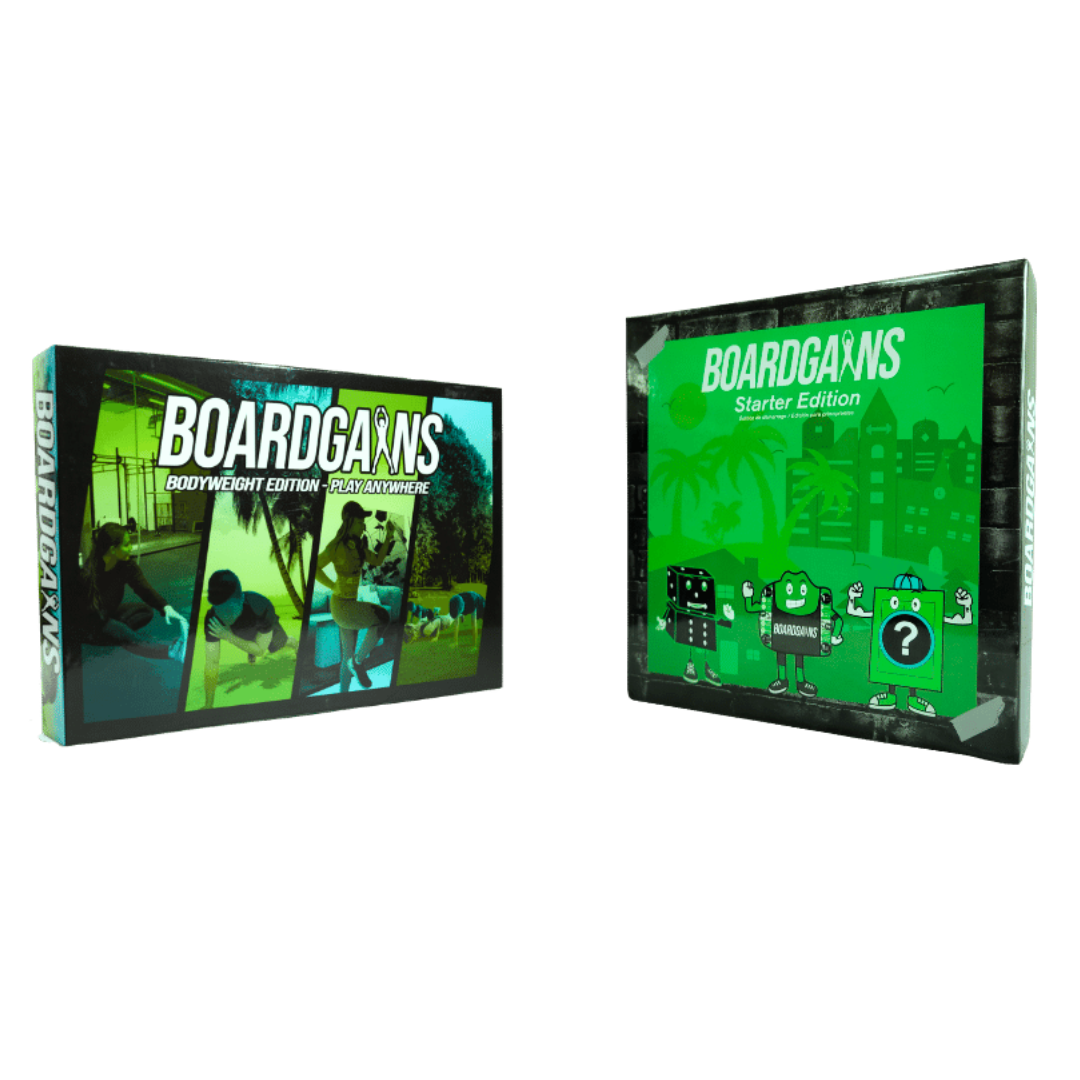
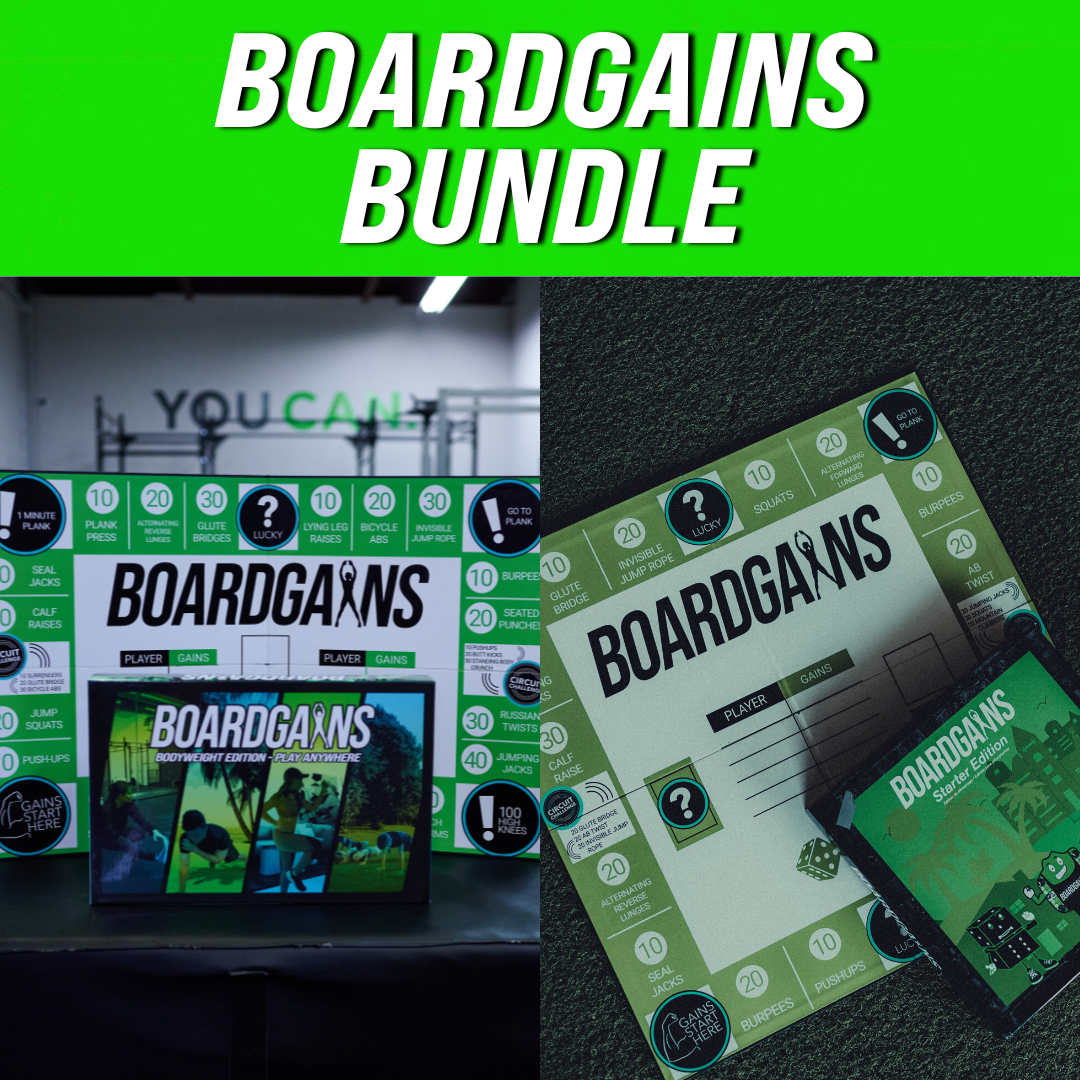
Leave a comment
This site is protected by hCaptcha and the hCaptcha Privacy Policy and Terms of Service apply.